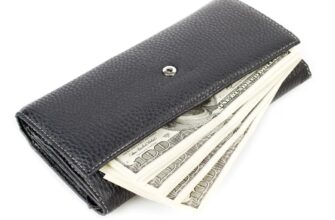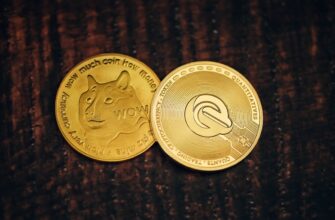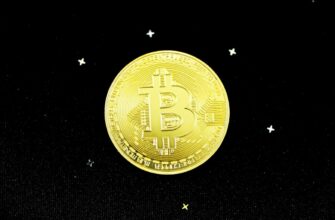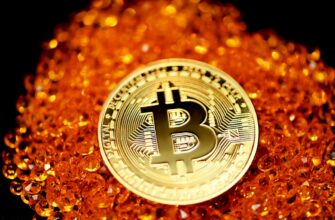- How to Buy Bitcoin in Cuba: Your 2024 Step-by-Step Guide
- Is Bitcoin Legal in Cuba?
- Key Challenges When Buying Bitcoin in Cuba
- How to Buy Bitcoin in Cuba: 3 Proven Methods
- Method 1: P2P Exchanges (Most Reliable)
- Method 2: Bitcoin ATMs (Rare but Possible)
- Method 3: Gift Card Swaps
- Storing Your Bitcoin Securely
- Using Bitcoin in Daily Life
- Frequently Asked Questions (FAQ)
- Can I buy Bitcoin with Cuban Pesos (CUP)?
- Are there Cuban Bitcoin exchanges?
- How long do transactions take?
- What’s the minimum investment?
- Is Bitcoin taxable in Cuba?
How to Buy Bitcoin in Cuba: Your 2024 Step-by-Step Guide
With Cuba’s complex financial landscape and restricted access to international banking, Bitcoin has emerged as a vital tool for financial freedom. This guide cuts through the complexity to show you exactly how to buy Bitcoin in Cuba safely—even with limited internet and regulatory hurdles. Discover practical methods that work today.
Is Bitcoin Legal in Cuba?
Bitcoin operates in a gray area in Cuba. While not explicitly illegal, the government hasn’t formalized regulations for cryptocurrencies. The Central Bank of Cuba issued warnings about crypto risks in 2021 but stopped short of banning it. Many Cubans use Bitcoin peer-to-peer (P2P) for remittances and commerce, though caution is advised. Always prioritize discretion and small transactions.
Key Challenges When Buying Bitcoin in Cuba
- Internet Access: Limited connectivity (avg. 6Mbps speed) and costly data plans complicate online transactions.
- Banking Restrictions: International cards rarely work, and Cuban banks block crypto-related transfers.
- No Local Exchanges: Platforms like Coinbase aren’t accessible due to US sanctions.
- Volatility: Bitcoin’s price swings can impact purchasing power significantly.
How to Buy Bitcoin in Cuba: 3 Proven Methods
Method 1: P2P Exchanges (Most Reliable)
Peer-to-peer platforms connect you directly with sellers. No bank needed.
- Sign Up: Create accounts on Paxful or LocalBitcoins using a VPN (e.g., NordVPN).
- Find a Seller: Filter for vendors accepting “Cash in Person” or “Gift Cards” as payment.
- Agree on Terms: Negotiate exchange rate and meet in public (for cash) or share gift card codes.
- Transfer Bitcoin: Seller releases BTC to your wallet after payment confirmation.
Tip: Choose sellers with 95%+ positive reviews to avoid scams.
Method 2: Bitcoin ATMs (Rare but Possible)
Only 1-2 functional Bitcoin ATMs exist in Havana (e.g., at tech hubs). Steps:
- Locate via CoinATMRadar.com (use VPN).
- Insert cash (USD/CUC).
- Scan your wallet QR code.
- Confirm transaction—BTC arrives in minutes.
Warning: Fees can exceed 10%. Verify machine availability beforehand.
Method 3: Gift Card Swaps
Convert retail gift cards to Bitcoin:
- Buy Amazon or iTunes cards with cash at ETECSA stores.
- Trade on Paxful for BTC—select “Gift Cards” as payment method.
- Send card details to the buyer; receive Bitcoin instantly.
Storing Your Bitcoin Securely
Never leave coins on exchanges! Use:
- Hardware Wallets: Ledger Nano S (offline storage, ~$60).
- Mobile Wallets: Trust Wallet (free, user-friendly).
- Paper Wallets: Print QR codes for cold storage (free but less convenient).
Enable 2FA and backup recovery phrases offline.
Using Bitcoin in Daily Life
Cubans leverage Bitcoin for:
- Paying for VPNs or online services
- Receiving remittances from abroad
- Trading for goods in private markets (e.g., via Telegram groups)
- Preserving savings amid peso inflation
Frequently Asked Questions (FAQ)
Can I buy Bitcoin with Cuban Pesos (CUP)?
Rarely. Most P2P trades use USD, EUR, or gift cards due to CUP volatility. Convert pesos to hard currency first.
Are there Cuban Bitcoin exchanges?
No government-approved platforms exist. Qbita (a local project) shut down in 2022. Stick to global P2P markets.
How long do transactions take?
P2P trades: 10-60 minutes after payment. Blockchain confirmations: 10-30 minutes. Slow internet may cause delays.
What’s the minimum investment?
As low as $5 on Paxful. Start small to test the process before larger purchases.
Is Bitcoin taxable in Cuba?
No clear tax laws exist yet. However, large transactions may draw scrutiny. Consult a local financial advisor.
Final Tip: Use Bitcoin to bypass financial barriers—but prioritize safety, anonymity, and incremental learning. With this guide, you’re equipped to navigate Cuba’s crypto landscape confidently.








